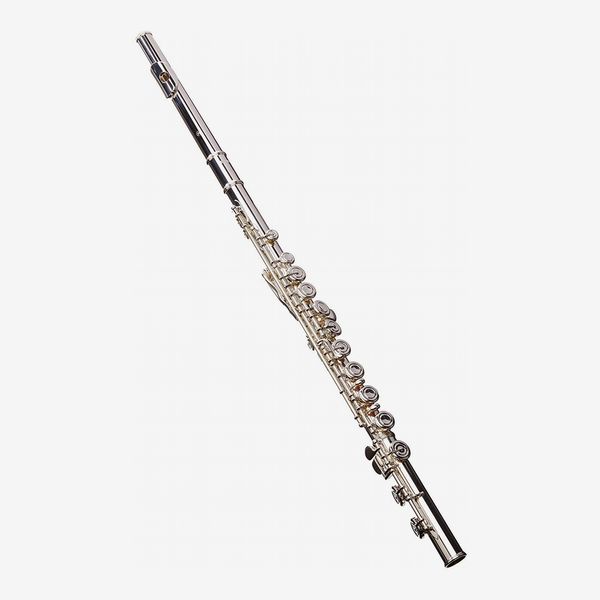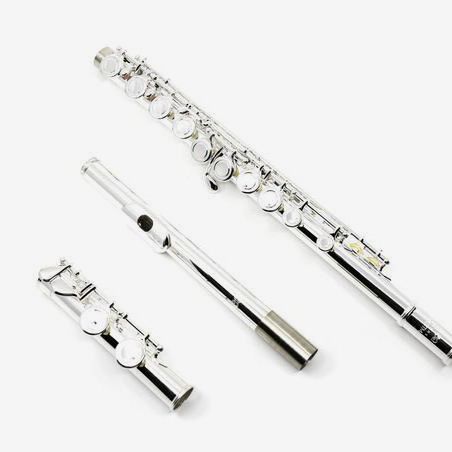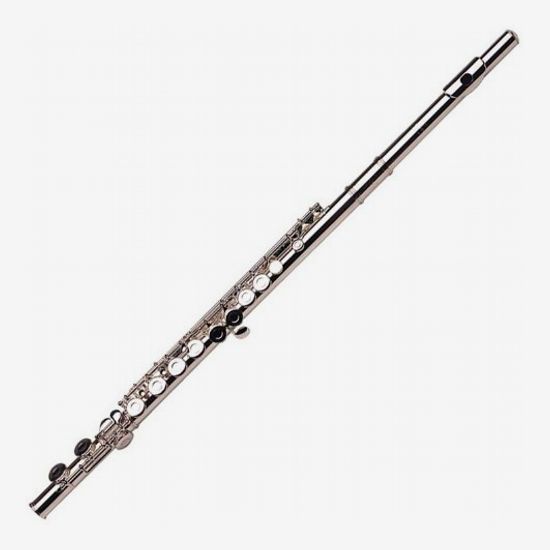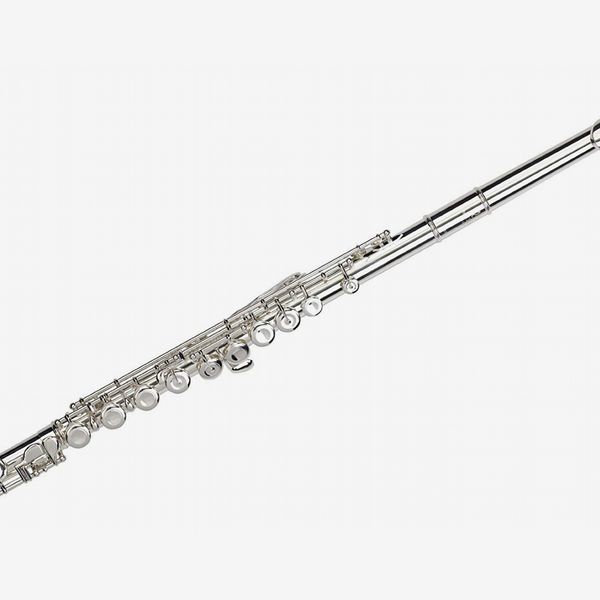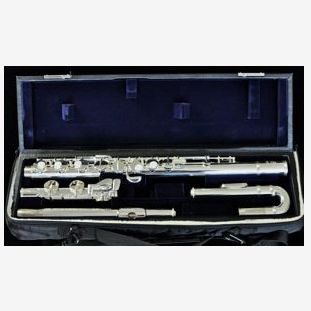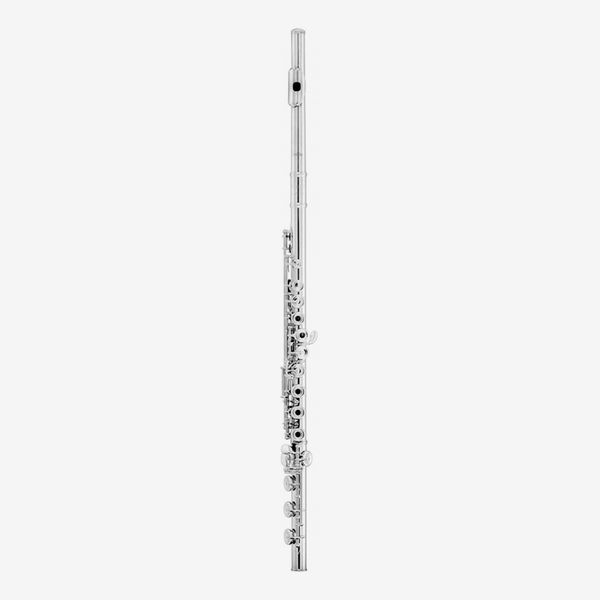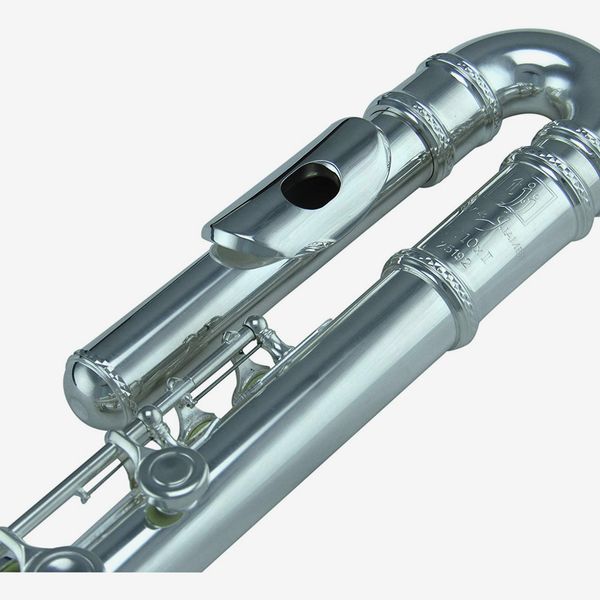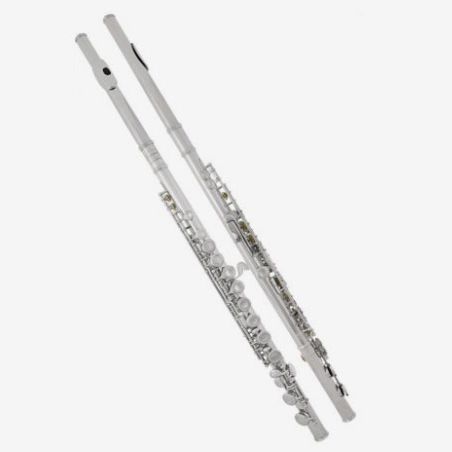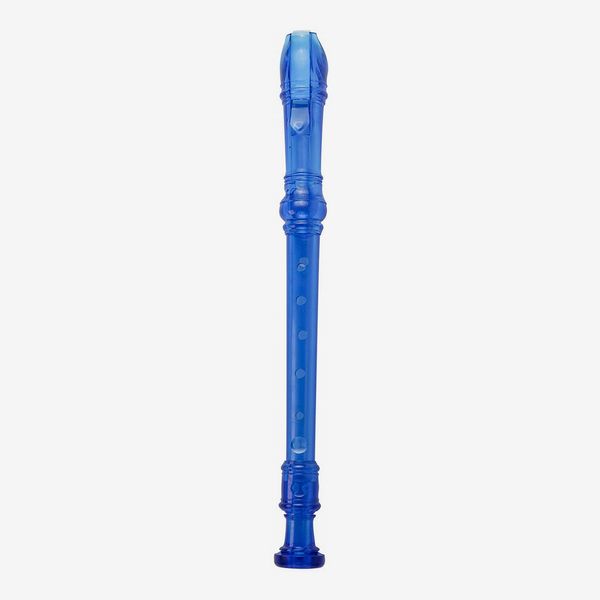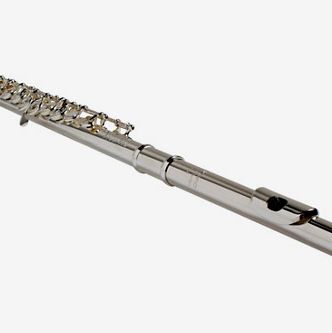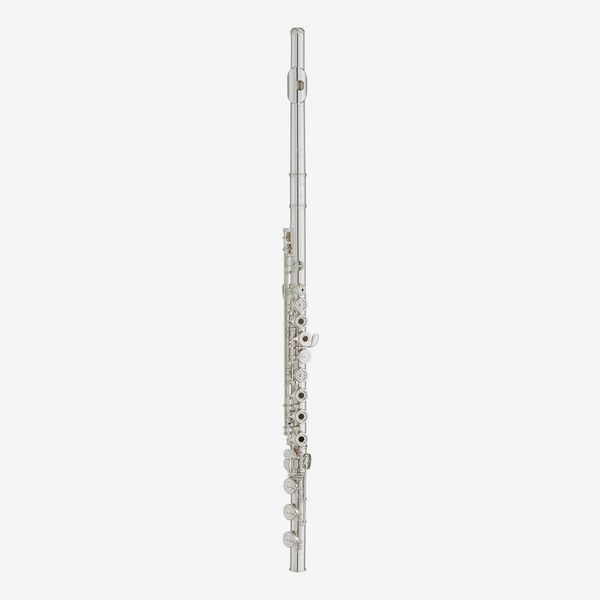
If the emergence of “Sasha Flute” or the popularity of Lizzo has inspired you to take up the flute, we say go for it — the woodwind instrument is surprisingly easy to learn. “Here’s the funny thing about the flute,” says Carol Wincenc, a Grammy-nominated flutist and Juilliard professor, who was hailed “Queen of the Flute” by New York in 1984. “You know how they say, ‘Just hang it outside of a moving vehicle, like a car going 70 miles per hour, and it will play itself? It’s for real. That’s how basic the flute is.” But which one to get? To find the best flutes for beginners, we spoke with Wincenc, orchestra flutists, and resident artists. Below, their 11 picks.
Best flute for beginners
Most of the flutists we spoke with named Yamaha as the go-to brand for a high-quality flute for beginners. Wincenc says that for the “serious student,” Yamaha would be the most reliable flute in the $300 to $500 range. “In terms of a solid instrument for your money, it’s the best for your buck,” she says. The Yamaha has closed hole keys, an offset G key, and a C foot joint, which are all specifications that Kim Lewis, resident flutist at the Flute Center of New York, suggests beginners look for in a flute.
Flutes with closed hole keys
Lewis also recommends beginner flutes from Gemeinhardt, Trevor James, Eastman, Pearl, and Di Zhao, which all have closed hole keys, an offset G key, and a C foot joint, like the Yamaha. Beyond those basic features, it comes down to personal sound preferences. “Each company has their own idea of sound and mechanism design, so every flutist can find a flute that fits them well,” Lewis says.
The positioning of the keys on flutes like the Gemeinhardt 2SP helps teach beginners where to hold their hands on the instrument. Lewis explains: “Intermediate and advanced flutes have open holes in the keys that are pressed with the player’s fingers. Until a student develops proper hand position, it is difficult for them to be able to cover these holes, so beginner flutes do not have holes in the keys. Additionally, offset G refers to the G key on the flute (which is played by the left-hand ring finger). This key is set forward from all of the other keys so it is easier to reach, as the left arm has to stretch across the body to get to its position on the flute.”
The flutes Lewis named also have C foot joints, whereas a more advanced flute would have a B foot joint. The difference is in the flute’s ability to create low notes. “Intermediate and advanced flutes have a B foot joint, allowing one to play a low B,” Lewis says. “The C foot joint is shorter by having one less key, and only allows to play down to a low C. The shorter foot joint makes the flute lighter for beginner players, and often these lower notes are not frequently utilized in the repertoire until the intermediate and advanced playing levels.”
Bart Feller, who is principal flute of the New Jersey Symphony, New York City Opera Orchestra, and Santa Fe Opera Orchestra, and teaches in Julliard’s Pre-College Division, recommends Di Zhao, Trevor James, and Aizumi as some of his favorite brands for beginners. All three brands’ beginner flutes “play well in tune, and have a substantial, not tinny, sound,” he says.
Best beginner flute for kids
“The curved head joint is for the really little tyke,” Wincenc says. She recommends a curved head joint — which allows flutists with smaller hands to reach the keys while they’re learning — for players as young as 4 and 5 years old.
Least expensive flutes for beginners
If you’re just looking to dabble in the flute and want to try something inexpensive that won’t necessarily last forever, there are some options. “Ten years ago there was a Walmart $79 flute,” Wincenc says. “And I haven’t investigated it as of late, but there are the plastic flutes. I’m a backpacker and I’m thinking of buying one of these things, and they come in all kinds of fun colors, like hot pink, royal blue … I mean, yes, you can make a sound on those things.”
Higher-end flute for beginners
“It wouldn’t be fair for me to not mention the Burkart Resona flute,” says Wincenc (full disclosure: Wincenc is a Burkart artist, meaning that she is sponsored by the company). She calls this model “a high-end beginner to intermediate flute.” The name “Resona” implies resonance, she says, which is “the monkey on the back of every flute player, is how beautiful and resonant is their sound.” If you have the budget to splurge, this might be the flute for you: “The adult beginner who’s like an M.D. — you know, like my hand surgeon is an amateur — for their buck, oh my God that Resona flute is extraordinary.”
Flute for graduating to the next level
Maxim Rubtsov, the principal flute of the Russian National Orchestra, also says he would “highly recommend Yamaha flutes for beginner students. They are made well and have an excellent sound.” It was a formative flute for Rubtsov: “My father brought me a Yamaha flute from his work travels in Asia, and I played this flute through my formative years,” he recalls. “I auditioned for university, and even won my first orchestral seat playing on my Yamaha flute.” (Rubtsov is a Yamaha piccolo artist currently.) This model is one step above the beginner Yamaha 222 — it still has the offset G, which is recommended for beginners, but has open key holes and a B foot, which allows intermediate and advanced players to play lower notes.
The Strategist is designed to surface the most useful, expert recommendations for things to buy across the vast e-commerce landscape. Some of our latest conquests include the best acne treatments, rolling luggage, pillows for side sleepers, natural anxiety remedies, and bath towels. We update links when possible, but note that deals can expire and all prices are subject to change.
